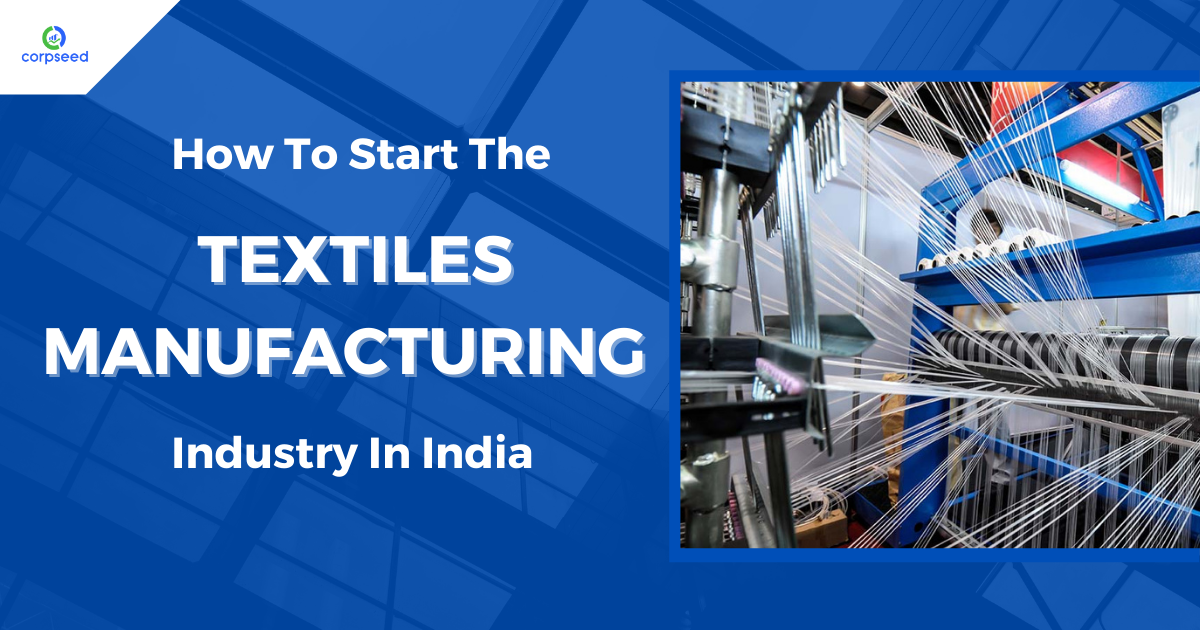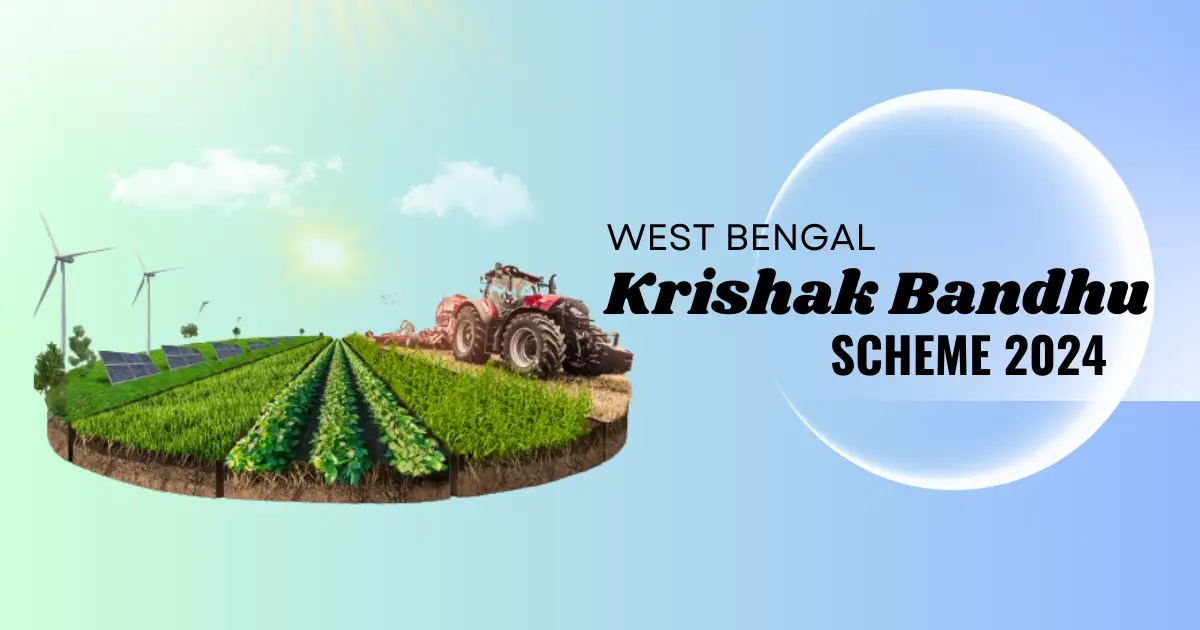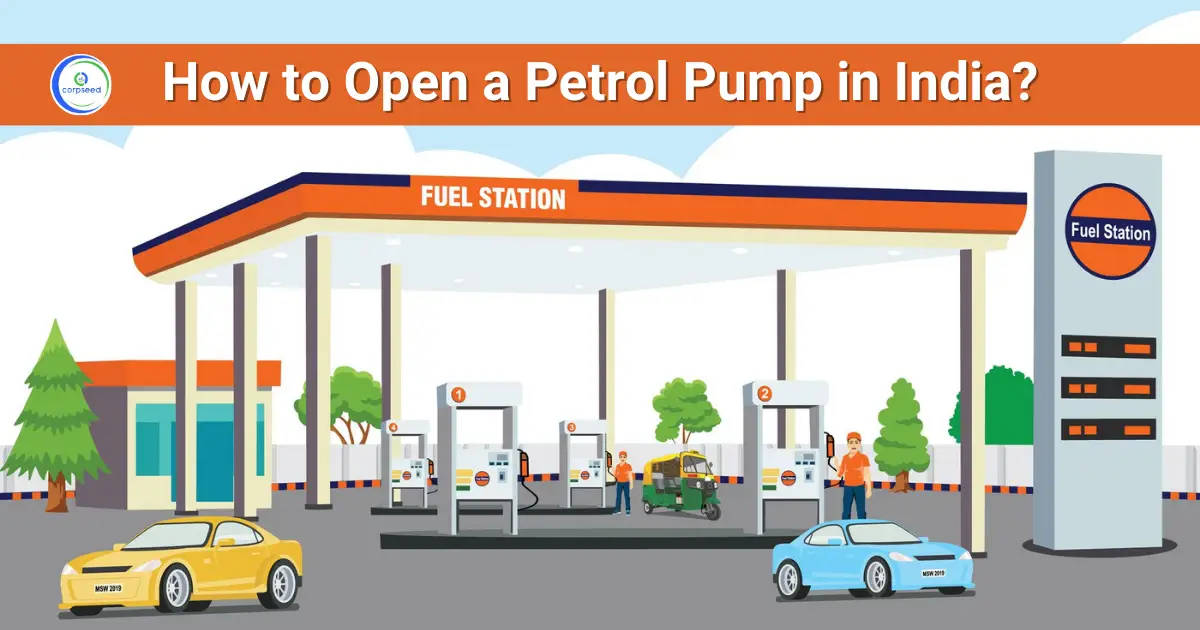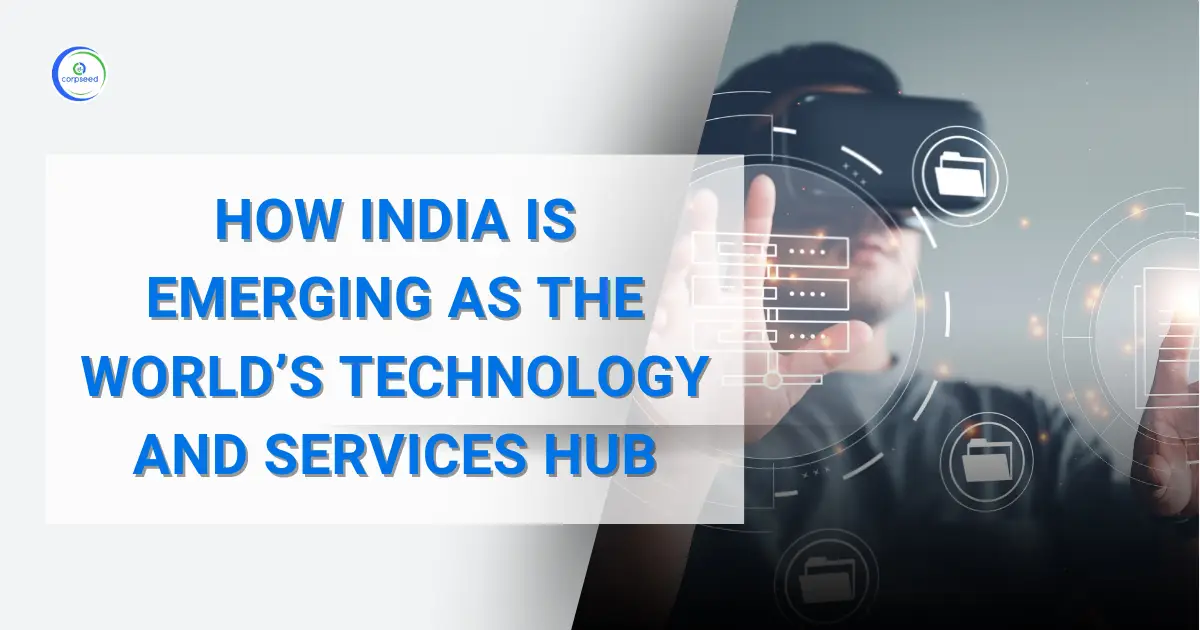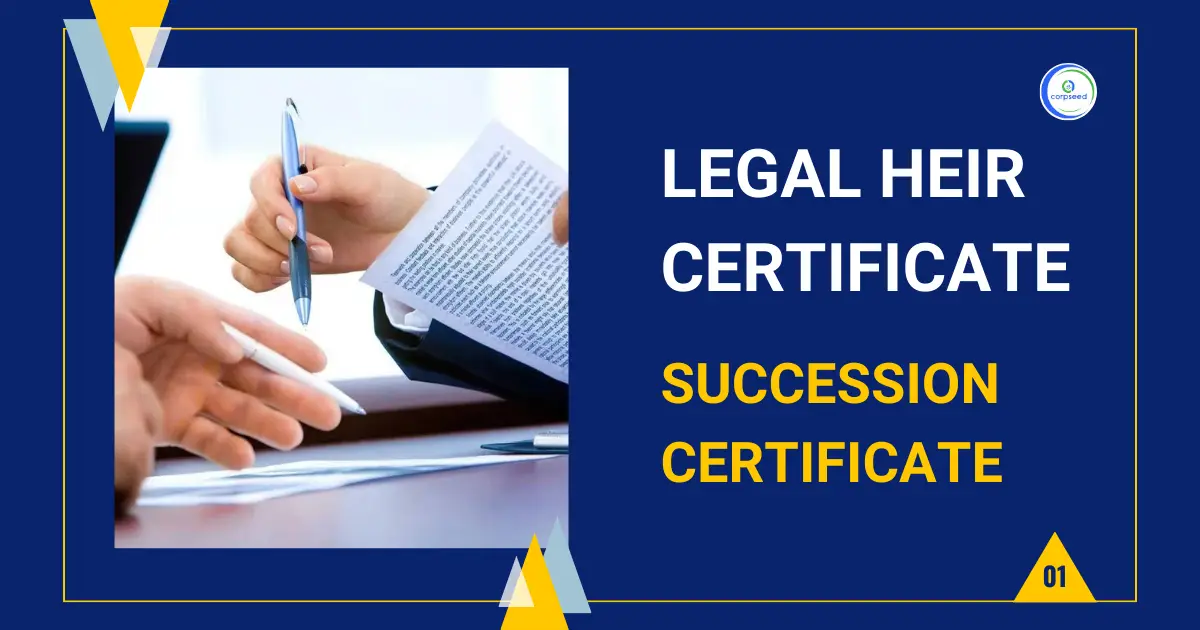Introduction: Textiles Manufacturing Industry
Indian textiles have a glorious past and it is rich in culture, traditional skills, and heritage. It is one of the oldest industries of the Indian Economy. The records of textiles in India date back to as early as the Harappan Civilization. India was exporting textiles through the Silk Road to the Western countries. Cotton textile manufacturing dominated the textile manufacturing industry. In the 18th century, Bengal Cotton was a very important commodity in the international trade market.
Table of Contents
- Introduction: Textiles Manufacturing Industry
- Textile Classification
- Industry and Market
- Benefits of starting
- Government Incentive Schemes
- How to Start the Business?
- Land
- Buildings and Construction
- Financial Requirements
- Legal and Statutory Requirements
- Licenses and Registration
- Conclusion
- Why Corpseed?
--------------Blog Contact Form-------------
India’s Textile Industry plays a huge role in employing the huge population by being the economy's second-largest employment generation sector. It provides opportunities for skilled as well as unskilled labor. India contributes a lot towards the global textile market by being the largest producer of cotton and jute and the second-largest producer of silk globally.
Textile Classification
Two categories differentiate the types of fabric. These two categories are:
- Natural vs. Synthetic
Natural fibers are acquired from natural sources like plants and animals. E.g. cotton and silk.
Synthetic fibers are obtained from artificially prepared synthetic materials. E.g. polyester, rayon, etc.
- Woven vs. Knitted
This category depends upon the production process used for preparation.
The woven fabrics are composed of two yarns interweaved horizontally and vertically on a loom. It is not stretchable and is much sturdier. E.g. denim, linen, silk, etc.
The knit fabric is hand knit and made up of interconnecting loop design. These fabrics are stretchy. E.g. mesh, lace, lycra, etc.
Generally, the textiles are categorized as:
- Apparel textile
This includes all types of clothes.
- Household textile
This includes beddings and home textiles.
- Technical textile
Technical textiles are a special category of textiles that is in itself a growing market. These are used in various other sectors of the economy. E.g. sports apparel, geotextiles in construction, N95 masks and PPE kits in the healthcare sector, defense, etc.
Industry and Market
The Indian Textile Industry consists of Traditional textiles (Handlooms, handicrafts) and the organized textile sector which is capital intensive and consists of spinning, weaving, processing, and apparel manufacturing. The contribution of the domestic apparel and textile industry is 5% towards the country’s GDP and 12% towards the country’s export earnings. In the case of textiles and apparel export India is the 6th largest exporter in the world. FDI in this sector has touched $3.9 bn till December 2021. Textile and apparel exports are anticipated to reach $100 bn in the coming five years.
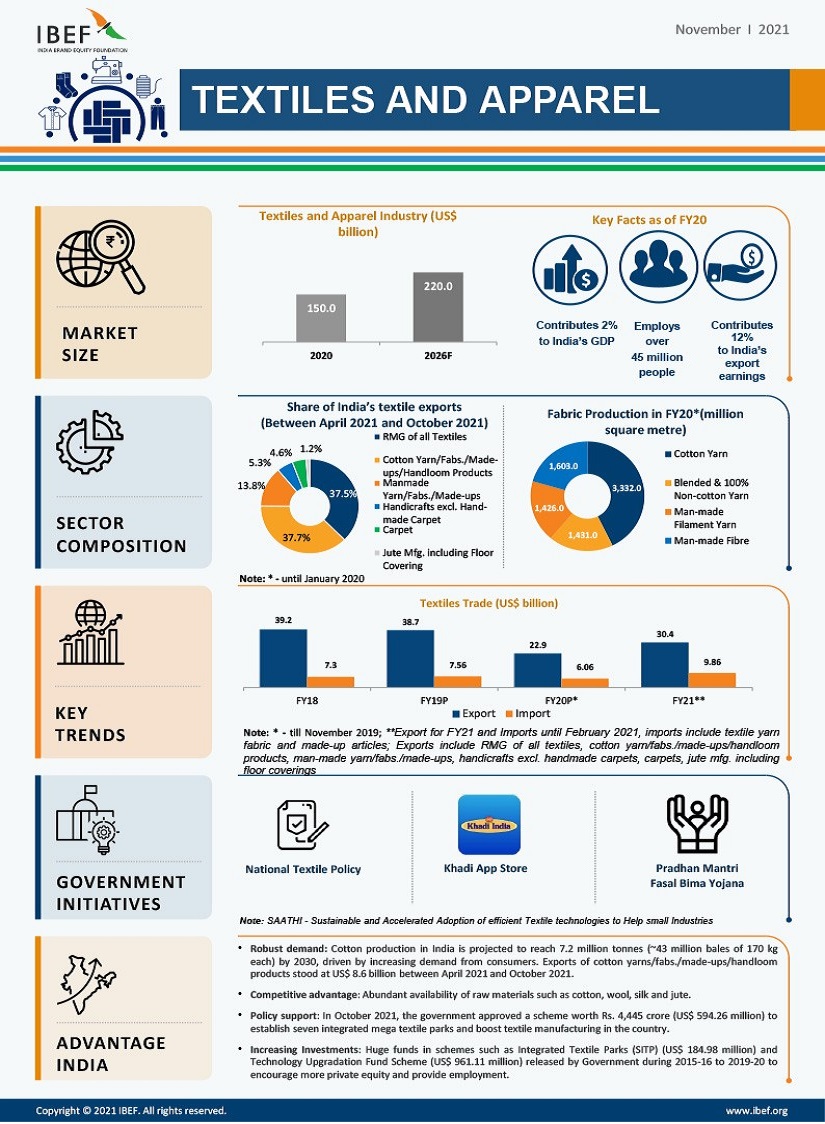
Benefits of starting
The Indian Apparel and Textile Industry are thriving. The Government through the Ministry of Textiles is giving the industry a great boost. Seven mega textile parks have been planned by the Government to double the size of the industry to $190 billion by 2025-26. 100% FDI is allowed under the automatic route. The government has started a Production Linked (PLI) Scheme for Textile Products with an outlay of INR 10,683 crore.
Government Incentive Schemes
The government has started different schemes to augment the performance of the textiles sector. A few major schemes are mentioned below:
PLI Scheme
The government started the PLI Scheme with an outlay of INR 10,683 crore to enhance the production of man-made fiber (MMF) fabric, MMF apparel, and technical textiles. It will be providing incentives from FY25 to FY29. Technical textiles will include defense textiles, mobile textiles, and protective textiles.
Scheme for Integrated Textile Park (SITP)
To create textile units having world-class infrastructure facilities Government has started SITP. The government will provide up to 40% of the project cost as a grant with a ceiling limit of INR 40 crores for each textile park.
Silk Samagra
It is specifically for the advancement of the silk sector. It has four components- R&D, Quality Certification, and Coordination for seed, yarn, and silk products, and Seed organization and farmer extension centers.
Amended Technology Upgradation Fund Scheme (ATUFS)
This scheme is for the up-gradation of technology of the textile industry during 2016-2022 with an outlay of INR 17,822 crore.
How to Start the Business?
Land
It is the choice of the project proponent to decide the size and scale of his industry. As per the resources available the industry could be small, medium, or large-sized. The land area required for the industry would depend upon the market size and share of the industry. The land area may range from 0.5 acres to 50 acres. The land area and location should be finalized considering the availability of raw materials, manpower, transportation facilities, ease of doing business, etc. In some states, the government provides tax exemption and subsidies on establishing businesses in specific locations.
Buildings and Construction
The building should be designed considering the requirements of the business. The Architect should prepare the building plan taking into consideration the machinery required and the processes that are to be carried out in the plant. The safety measures as mandated by different rules and regulations should be in place. The average construction cost comes around Rs. 2000-4000 per square feet.
Financial Requirements
Finances and financial compliances are some of the most important requirements for running a business smoothly. There are a few mandatory tax registrations.
- Income Tax:- Every business is mandated to have a PAN (Permanent Account Number) and TAN (Tax Account Number), under the name of the business or the owner, in case of a sole-proprietorship, for filing income tax.
- GST Registration:- GST registration is mandatory for businesses having a financial turnover of more than Rs. 20 Lakhs (Rs. 10 Lakhs for special category states). In some cases GST Registration is mandatory irrespective of the turnover:
- The business involving inter-state supply of goods and services
- The situation where the tax is paid by the person receiving the goods/services instead of the supplier.
- A business operating on an e-commerce platform.
- Professional Tax:- This is levied by the local municipality on the salary paid to every individual. The tax rate is different in different States.
Legal and Statutory Requirements
Memorandum of Association (MoA) and Articles of Association (AoA)
MoA and AoA are the preliminary documents that are to be prepared before applying for the company registration. The MoA and AoA along with the company incorporation form should be submitted to the Registrar of the Companies.
MoA is the foundation of the Company and is the first step for the Company’s registration. It must contain- a name clause, registered office clause, object clause, liability clause, and capital clause.
AoA is governed by MoA. The AoA defines the internal working, management, rights, and duties.
Registration of the Business Entity
You are free to decide on whatever business structure you want to choose for your company. The business structure that you choose should be suitable for your conditions. The different structures to choose from are as follows-
- Private Limited Company
It’s the renowned legal structure for the business with multiple benefits such as limited liability, separate legal entity, ease in share transfer, etc. A private limited company can be registered with a minimum of 2 directors and 2 shareholders, where shareholders and directors can be the same person. At maximum, the directors can be 15 and the members can be 200.
- One Person Company
The biggest advantage of OPC is – that there can be only one member as the sole owner who will be responsible for all the economic and organizational decisions. It is mostly preferred for micro-businesses.
- Limited Liabilities Partnership
It is an upgraded version of the general partnership and the partners are known as Designated Partners. The partners in LLP have limited liability, meaning that the personal assets of the partners can’t be used for paying the debts of the company. All partners are shielded from joint liability. For professional firms, micro and small businesses that are family-owned or closely-held LLPs are the most recommended.
- Proprietorship
A sole proprietorship is a kind of business entity that is solely owned, controlled, and managed by a single person. It is the easiest way of running a business, with the ease of registration process and with lease compliance responsibilities. The proprietor possesses the complete rights of the business to himself in terms of legal formalities, decision making, finance, etc.
- Partnership
A partnership comes into the picture when two or more people agree to go into business together and both might be from the same family or same association, whether or not they have a written contract. Validating the details in a partnership agreement that specifies each partner’s rights, responsibilities, and share of the profits is mandatory.
Licenses and Registration
Incorporation of the Company
Ministry of Corporate Affairs started a new integrated web form called SPICe+ which would offer 10 services by 3 Central Government Ministries and Departments (M/o Corporate Affairs, M/o Labour and Revenue Department in M/o Finance) and one State Government (Maharashtra). It is relevant for all the new company incorporations. This form contains two parts; Part A is for Name reservation and Part B offers different services mentioned below:
- Company incorporation
- DIN allotment
- Mandatory issue of PAN
- Mandatory issue of TAN
- EPFO (Employee’s Provident Fund Organisation) registration
- ESIC (Employee’s State Insurance Scheme) registration
- Profession tax registration (Maharashtra)
- Opening of Company’s Bank Account
- GSTIN allotment
Pollution Clearance
Since the food manufacturing industry is considered a polluting industry as per CPCB as well as SPCBs, Pollution clearance (Consent to Establish/Consent to Operate) is required from the respective SPCB. Depending on the type and scale of the business operation a category-specific license is required. Most of the textile manufacturing industries fall in the red and orange categories.
CTE should be obtained before establishing the business and CTO is required before the beginning of the operations. CTE is a one-time NOC whereas CTO requires renewal from time to time.
Fire NOC
A NOC from the concerned fire department is required as well before starting the business. The applicant should apply through an application accompanying necessary documents like- building plans, building model, and certificate from the architect. A questionnaire related to compliance with fire safety rules and regulations shall also be filled out by the applicant. An inspection of the premises will be carried out by the fire department officials after the verification of the documents.
Factory License
A factory license should be obtained as per the Factories Act of 1948. A completely filled form with requisite fees should be submitted to the Director of Factories of Boilers of the concerned State.
Trademark Registration
Trademark registration is not mandatory but it is an added advantage for any business for faster growth and building a brand image in the market. The FBO can get a trademark registration by registering over the Intellectual Property India Portal with necessary documents and fees.
IE Code
Any business that is importing or exporting goods is required to obtain IE Code. IE Code application should be submitted to the Directorate General of Foreign Trade (DGFT) along with necessary documents and fees. The IE Code registration is a one-time requirement and it has no additional compliances or annual filings.
Machinery
The machinery used in the textile industry is divided into two categories:
Machines used for fiber/yarn production
- Woolen Mill Machines - used to develop wool into yarn
- Thread Winding Machines - used to wind thread onto spools
- Bleaching/Dyeing Machines - used to bleach or dye thread, fibers, or fabric
- Scutching Machines - used to separate cotton seeds from the cotton
- Carding Machines - used to prepare the wool for being made into yarn
- Spinning Machines - used to spin yarn
- Yarn Gassing Machines - used as a Bunsen burner to heat the yarn, getting rid of excess fuzz and deepening the color
Machines used for textile production
- Knitting Machines - used to knit yarn
- Crochet Machines - used to crochet yarn
- Lace Making Machines - used to weave thread into lace
- Weaving Machines - used to weave thread, such as a loom
- Tufting Machines - used to make textiles where fur is inserted into a base, like carpets or mittens
- Quilting Machines - used to quilt textiles
- Cloth Measuring Machines - used to measure cloth
- Cloth Cutting Machines - used to cut cloth
- Industrial Sewing Machines - large sewing machines
- Monogramming Machines - used to create monogrammed fabric, such as towels with initials on them
Raw Materials
The raw material is the most necessary input for any manufacturing industry. The type of raw material required depends upon the product being manufactured in the industry. The textile industry uses the following as raw material:
- Fiber
There are different types of fibers that are used in the manufacturing of textiles. These fibers could be natural or manually produced. E.g. cotton and jute obtained from plant resources, wool and silk obtained from animal resources, rayon, nylon, polyester, spandex, etc.
- Yarn
The fibers are spun into yarns. By using the winding process yarns are reeled on bobbins, spools, or cones.
- Fabric
Yarns are knitted or woven into fabrics. Some examples of fabrics are- chiffon, denim, fleece, etc.
- Dyes
Dyes are used for coloring the textile material. Some examples of dyes used are- acid dyes, basic dyes, mordant dyes, azoic dyes, pigment dyes, etc.
- Chemicals and Auxiliaries
Various types of chemicals and auxiliaries are used for printing, dyeing, and finishing purposes. A few examples are- waterproofing agent, fixing agent, whitening agent, de-foaming agent, caustic soda, oxalic acid, etc.
Staff
To handle the operations and functioning of the business, manpower is required. The staff of the industry constitutes of people having different job roles according to their experiences and capabilities. The basic teams required are- Management, Human Resources, Operations, Quality, Sales, and Labor.
The people employed in any business are subjected to different labor law regulations and registrations:
- Employee State Insurance registration
The businesses having more than 10 employees earning less than Rs. 21,000 per month must do ESI registration.
- Employees Provident Fund registration
The businesses having more than 20 employees must obtain EPF registration. The employees earning less than Rs. 15,000 per month are mandated to be covered under EPF.
Manufacturing/Service Flow
Textile manufacturing is a complex process involving various other steps.
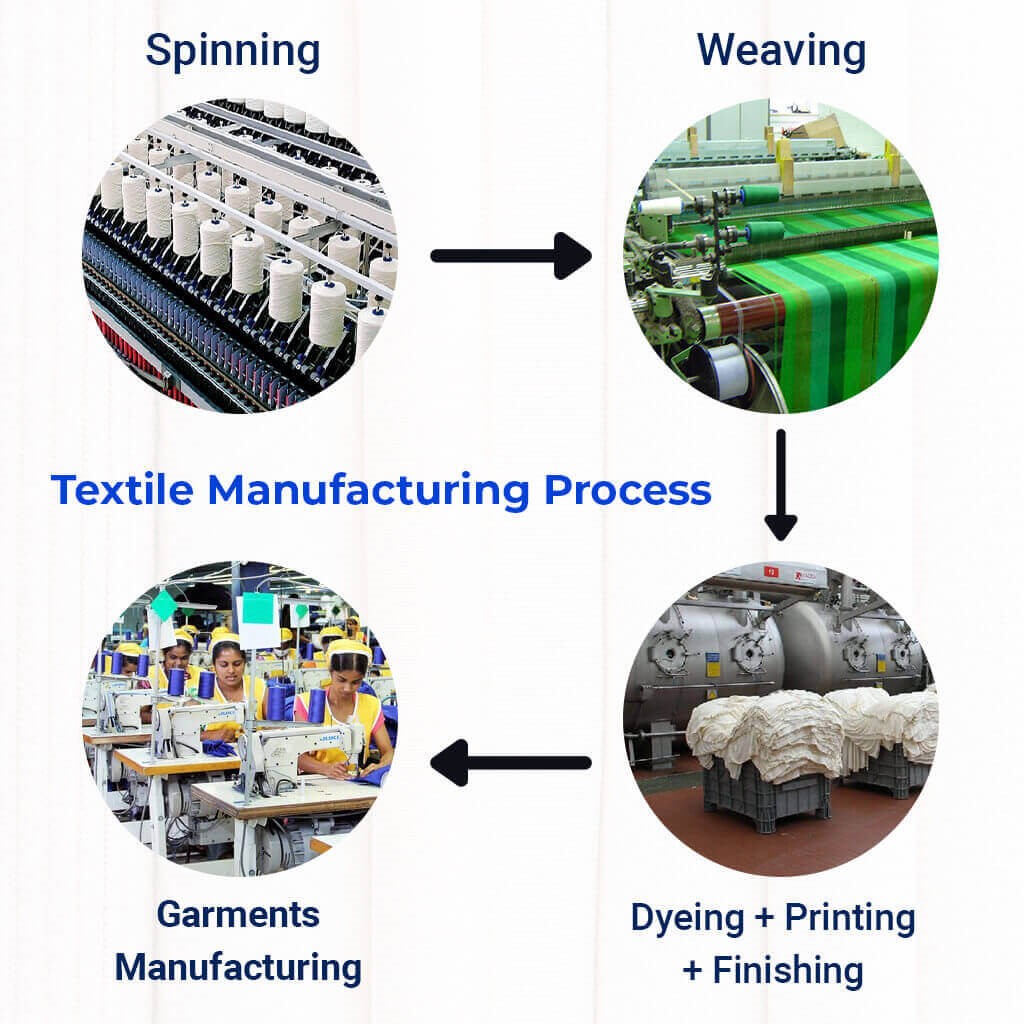
- In the spinning process, the fiber material is converted into yarns. These yarns are spun around using the rotating spindle.
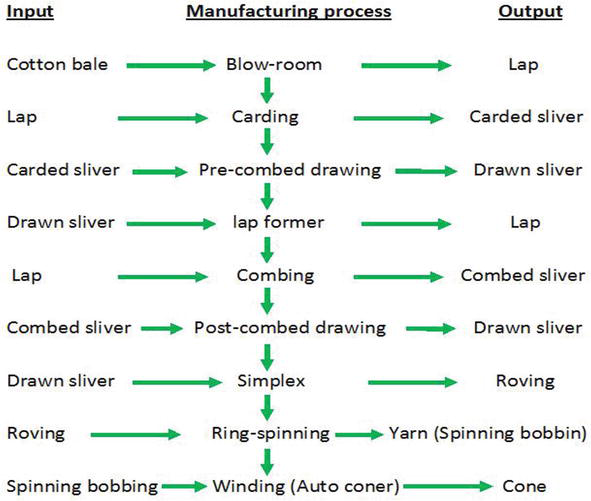
Processing stages in cotton yarn manufacturing
- The next step is the weaving process where the yarns from the spinning section are woven
- The finally woven fabric is then sent to the dyeing mills where it is given different colors that enhance the appearance. After dyeing, finishing is carried out which gives a specific semi-finished look to the cloth.
- The final step is that of Garment Manufacturing where the semi-finished cloth is converted into a finished product.
- Once the product is ready final inspection and packing are done. After the packing, it is dispatched to various distributors.
Conclusion
The Indian Textiles have been in existence since ancient times. Since then it is known for its great quality and variety. Even now the textile sector of the Indian economy is among the progressive and fastest-growing sectors. The textile sector offers great opportunities to entrepreneurs. India is rich in resources and has a huge population which is an important requirement for the textile sector to boom. Despite the pandemic, India’s domestic textile exports grew at a rate of 9% in FY21. As per reports, the Indian Textiles market is expected to be worth >USD 209 billion by 2029.
Why Corpseed?
Corpseed is the one-stop solution for setting up a new industry in India. We facilitate end-to-end solutions starting from company registration to quality management certificates. Our team of Industry veterans catering the in-depth knowledge of this industrial sector provides the best in class consultation to overcome all the compliance burdens and provide hassle-free delivery.
Our specialists have the technical knowledge and industry-specific experience to understand the challenges that this sector confronts, as well as extensive experience working with important government agencies. Our expertise in liaisoning with government officials helps us to represent our clients whenever required.
This portion of the site is for informational purposes only. The content is not legal advice. The statements and opinions are the expression of author, not corpseed, and have not been evaluated by corpseed for accuracy, completeness, or changes in the law.
BOOK A FREE CONSULTATION
Get help from an experienced legal adviser. Schedule your consultation at a time that works for you and it's absolutely FREE.
